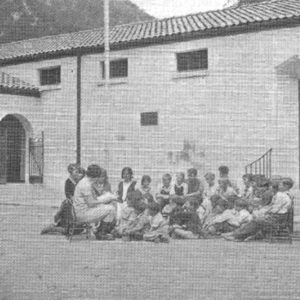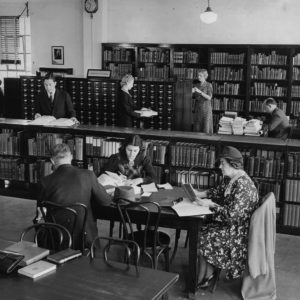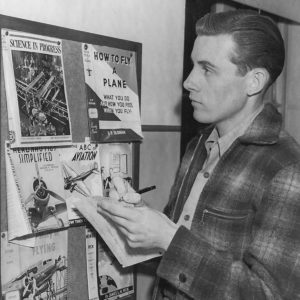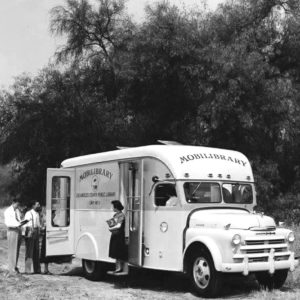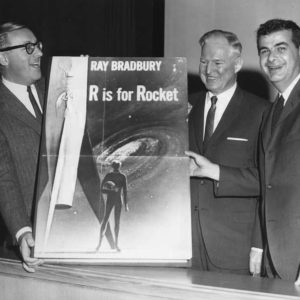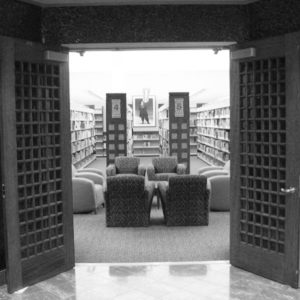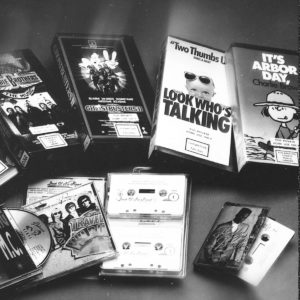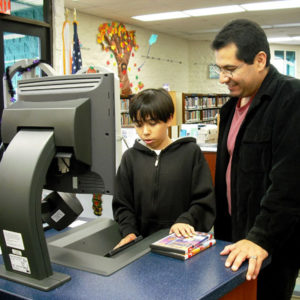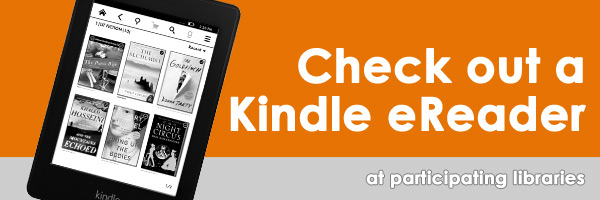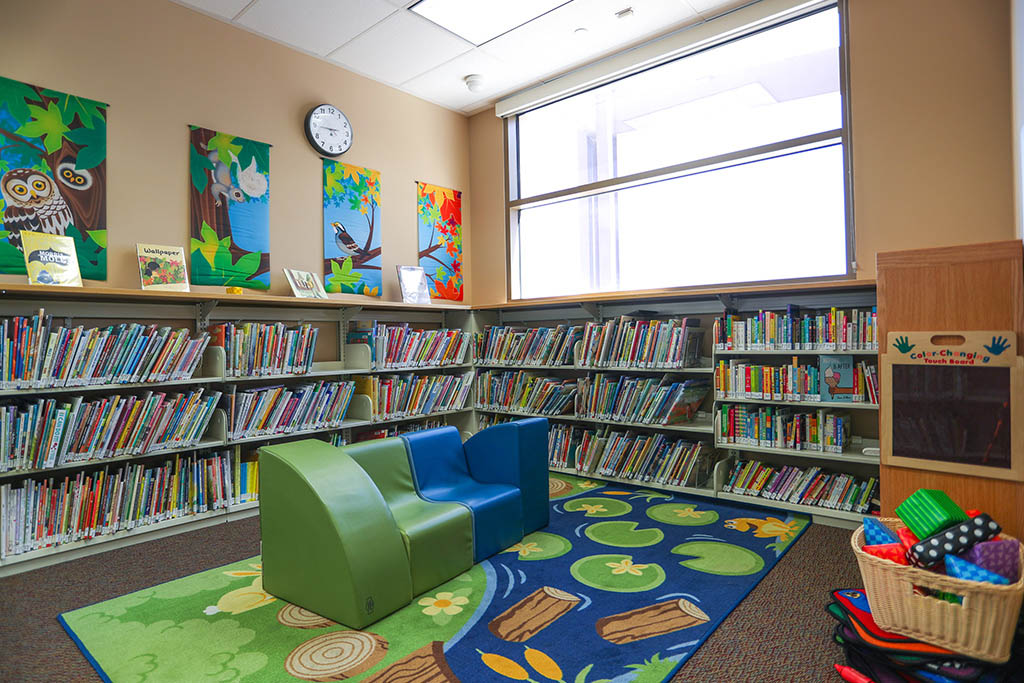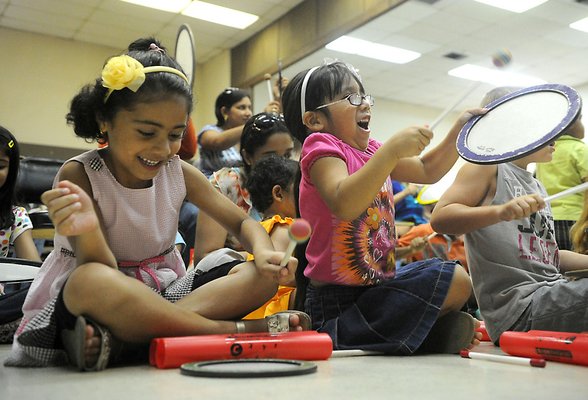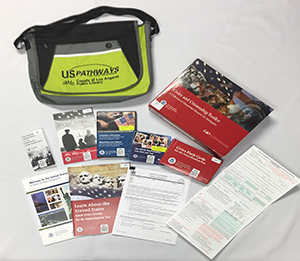110th Anniversary
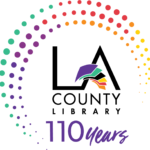 110 Years of Library History
110 Years of Library History
September 5, 2022 marks 110 years since LA County Library was founded. To celebrate, we’ve gathered fun facts from each decade of our existence.
1912 – 1921: The Library’s Founding & First Location
On September 5, 1912, the County of Los Angeles Board of Supervisors established the “County Free Library,” made possible in part by James L. Gillis, the State Librarian, who had previously secured the passing of the state’s County Free Library act in 1911.
The first branch was established on April 23, 1913 in one room of Mrs. Belle Jenks’ home in Willowbrook, with a collection of just 50 books.
1922 – 1931: Growing Population & Summer Reading
By the end of the Library’s first 15 years on June 30, 1927, population served had more than quadrupled since 1912 (from 100,000 to 412,000). Circulation of books had reached over 1.7 million, and 166 branches and outlets were operated.
In 1931, the Library’s Summer Reading Program was inaugurated.
1932 – 1941: The Great Depression & World War II
At the start of World War II in 1939, the Library was reeling from the effects of the Great Depression. Circulation had fallen, there was a staff shortage, and the book collection was worn out and depleted, since there were few funds to renew or expand it.
But Los Angeles County was one of the nation’s major defense centers with huge shipbuilding and aircraft plants employing thousands of people who had been desperate for work, and despite the Library’s issues, the population in its service area was simultaneously growing, with the number of registered borrowers was the highest to date at over 164,000.
1942 – 1951: Wartime Restrictions & Recovery
The war raged on, and by 1943, staff turnover jumped to 78%. Wartime restrictions like gas and tire rationing and blackouts made it more difficult for most citizens to visit libraries. Still, libraries did what they could to help the defense effort. Many served as community civil defense and information centers, and as collection points for war relief clothing drives and book drives to provide to those in service and patients in military hospitals.
Responding to changing reading habits, the Library offered more “how to” books to help people study for defense jobs and service exams, as well as learn skills like metalworking, electrical engineering, mathematics, radio, photography, nursing, child care, and nutrition.
Once the war ended, and recovery began, Library services started to change and expand. In 1949, “Mobilibrary” service began in the Antelope Valley, making it possible to discontinue 11 small libraries while continuing to serve residents at much lower cost.
Revenue increased (though far from sufficient to meet all demands), which made it possible for the Library to make many improvements in the community branches and strengthen the system’s book collection.
1952 – 1961: New Cities & Card Catalogs
The incorporation of a number of new cities in 1952 had a tremendous effect on the Library. Cities in the County increased from 45 to 73. Some new cities withdrew from the County system to form municipal libraries.
One of the first public libraries to create a printed book (or bookform) catalog using an IBM punched card machine, the Library published the Children’s Catalog in 1952. The Adult Catalog was published 3 years later.
1962 – 1971: 2 Million Books
In February 1963, the Library bought its two millionth book (and 200,000th title): Ray Bradbury’s R is for Rocket.
1972 – 1981: Cultural Resource Centers
The Library’s 4 Cultural Resource Centers were opened during this time: The Chicano Resource Center, located at East Los Angeles Library (1976); the Black Resource Center, located at A C Bilbrew Library (1978); the American Indian Resource Center, located at Huntington Park Library (1979); and the Asian Pacific Resource Center, located at Montebello Library (1979). They continue to serve the public with specialized, unique collections and programming dedicated to the history, culture, and contributions of each community.
1982 – 1991: New Media Formats
In 1982, the Library’s collection reached 5 million volumes, and Books by Mail, a mail-order service that provided books to residents unable to travel to the library, was established.
In 1987, reflecting the public’s shift to technology, the Library transitioned its 16mm film collection to videocassettes, and phonograph records to CDs and audio cassettes. Microfilm catalogs were updated with CD-ROM equipment, providing more reliable and easier to access information about the library’s materials. And finally, after 75 years of manual service, the Library installed a computer-based “Automated Circulation System” for checking out library materials and statistical recordkeeping. Registration began for the first new library cards, known as “KeyCards.”
1992 – 2001: Technology Advances
Throughout the 1990s, technology expanded rapidly. In 1994, a new Online Public Access Catalog (OPAC) offered real-time information about over 6 million items in the Library’s collection. Public computers with internet access were introduced at 35 libraries in 1995 and were an immediate hit. That same year, self-checkout machines were installed in 2 libraries, allowing customers to check out their own library materials for the first time. The Library launched its website in 1996, and in 1997, public internet access was made available in every Library building. By 2000, new funding for updating wiring, telecommunications, network equipment, and over 250 new computers were installed in libraries.
2002 – 2011: Digital Services Expand
In 2002, the Library first began offering real-time online tutoring for students. Now offered via Brainfuse, learners of all ages can learn one-on-one.
In 2005, the first downloadable audiobooks were offered. The eBook and audiobook has since drastically expanded, thanks to OverDrive and Hoopla.
A new online library catalog debuted in 2008; it created an easier way to place holds, check accounts, and get notifications.
And in 2010, the Library launched its popular “Ask a Librarian” reference chat, along with a first app for renewing books, placing holds, and finding library events. The app would be replaced with a new one in 2018.

2012 – 2022: A New Name for an Award-Winning Library
In 2018, after many names (County Free Library, Los Angeles County Public Library, and County of Los Angeles Public Library), LA County Library was officially renamed, and with the new name came a new website, new logo, and new brand.
Before the end of the decade, LA County Library would go on to be a two-time finalist for the Institute of Museum and Library Services National Medal and win 3 prestigious awards from Library Journal: Marketer of the Year (2018), Librarian of the Year – Skye Patrick (2019), and Library of the Year (2019).
During the COVID-19 pandemic, Library staff stepped up to sew and 3D print masks, serve as contact tracers, distribute food to families in need, assist those experiencing homelessness at housing sites, and much more, continuing to provide essential services to Los Angeles County residents in new ways.
In August 2021, LA County Library eliminated fines for overdue books and materials, removing a huge economic hardship for many Angelenos.
In 2022, as the Library celebrates its 110th anniversary, libraries have reopened to full capacity, in-person programs have returned, and customers can once again experience all their Library has to offer.



